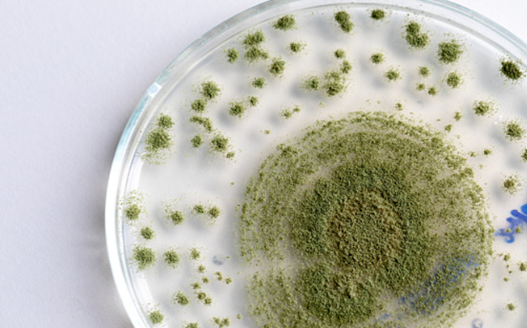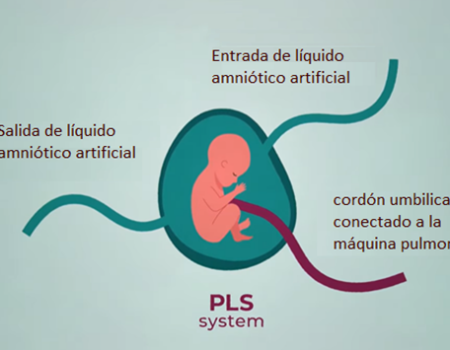
Laboratory Technician
Bioengineering and Chemical Engineering Department
We know that water is essential to life and that as time goes by, there is concern about the availability and use of this resource. That is why we are constantly searching for sustainable and passive methods that allow us to find solutions to the problems of water supply. To meet this challenge, the focus of research in recent decades has been the uptake of atmospheric water; as well as the reduction of the use of fresh water and the treatment of contaminated water.
Fog collection has been shown to be a viable source of good quality water in many arid parts of the world, a mesh of one square meter can collect 9 to 70 liters per day in urban locations (for example, in Lima, Peru and in Dhofar, Oman) and large-scale facilities (ie 5,000 m2 mesh) can collect up to 100,000 liters of water in a single day. [1]
It is not new that, in certain regions of our country, in addition to other countries use nets to collect water from the atmosphere and thus be able to combat the scarcity of this resource. But what happens in urban areas, where apart from shortages you have to deal with air pollution? Scientific researchers at ETH Zurich have developed a simple way to collect water from fog and simultaneously remove contaminants present in it
They feature a combined fog collection and water purification device that operates completely passively outdoors requiring sunlight only to activate. The coating remains reactive even when not irradiated for several hours, allowing simultaneous collection and treatment of contaminated mist, even when solar irradiance is low, as it would be in foggy conditions

For this purpose, a metal wire mesh coated with a mixture of specially selected polymers and nanoparticles of anatase titanium dioxide (crystalline phase of octahedral structure) is used. The polymers ensure that water droplets are collected efficiently in the mesh and descend as quickly as possible to a container before they are swept away by the wind. Titanium dioxide acts as a chemical catalyst, breaking down the molecules of many of the organic pollutants contained in the droplets to make them harmless. In addition, the wettability of the mesh surface is designed to improve water extraction.
As a result of research in outdoor testing, the device can maintain a good fog collection performance as well as a water treatment efficiency of >85 %. In the same line, The continuous production of passively purified water demonstrated in this study provides an energy-free solution to address water scarcity, a move that could help provide access to safe drinking water for millions of people worldwide.
References
Ghosh, R. & Ganguly, R. Harvesting Water from Natural and Industrial Fogs-Opportunities and Challenges in Droplet and Spray Transport: Paradigms and Applications (eds Basu, S. et al.) 237-266 (Springer, 2018).
Schemenauer, R. S., Cereceda, P. & Osses, P. Fog Water Collection Manual (FogQuest, 2022)




